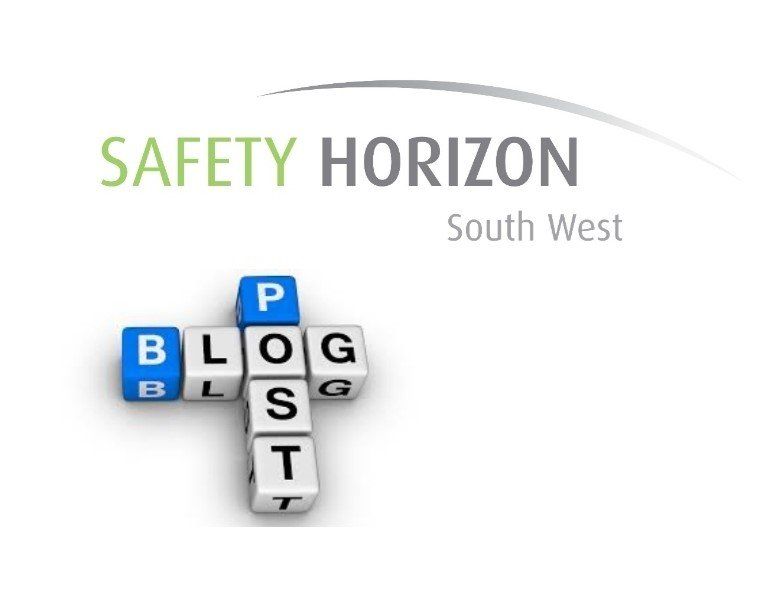Handle it the right way!
Mark Stallard • 2 August 2021
Is manual handling really an issue?

HANDLE IT THE RIGHT WAY
IS MANUAL HANDLING REALLY AN ISSUE?
It certainly is. For many years, injuries that have directly resulted from manual handling tasks have been constant. Over a third of all reported workplace injuries are attributed to one of the many definitions that manual handling covers i.e., lifting, putting down, pushing and pulling.
The moral impact alone is staggering. Restricting individuals from normal functions that can no longer be performed. This can potentially lead to affected people struggling to adapt to these changes resulting in mental health challenges for them and other family members. The legal impact to an organisation can be significant if they are unable to demonstrate compliance through initially assessment of risk and core training on the subject.
Financially, this could also spiral out of control with increasing insurance claims, raising premiums followed by the some of the hidden costs that businesses just don’t measure (loss of time, business interruption).
Finally, the raising cost to the economy runs in to many billions and is argued to be the biggest single contributing issue to all injury claims within the UK.
MINIMUM STANDARDS
There are varying standards that can be introduced to minimise the risk of potential musculo-skeletal injuries but the main two are:
Risk assessment:
This is a specific manual handling assessment not a general workplace assessment. The Health and Safety Executive have many tools to assess manual handling activities but it doesn’t have to be complicated. A simple review of the tasks and activities your employees carry out where there is a significant risk of primarily upper limbs is a great starting point.
Take photos, speak to employees and gather as much information as you can about the people carrying out the task, the equipment they are handling, the environment they are working in and the actually functions being performed. Once you gather this information, you can look at each aspect and discuss if they can be improved.
Training:
The usual ‘knees bent – back straight’ training has a place but perhaps a more specific type of knowledge would be better received. Something that is relevant to the employees own workplace or industry perhaps.
Delivering the fundamentals of back care and kinetic lifting is essential. Participating in practical exercises within their own working environment is a brilliant way of engaging and also ensuring they can accurately apply the correct handling techniques within their own workplace.
Start with these two as these will identify new improvement levels if delivered correctly.
Stay safe!
Mark Stallard – CMIOSH, FIIRSM, DipSM, DipEM



